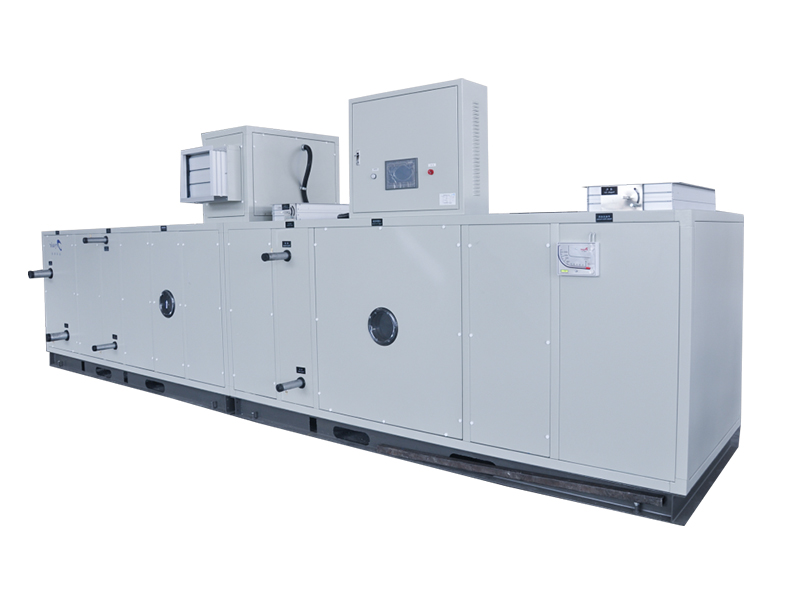Reducing electrostatic discharge (ESD) in lithium battery dry rooms is crucial to maintaining optimal storage conditions and preventing degradation of batteries. ESD can damage sensitive battery components and compromise their performance and safety. Here are some strategies to effectively minimize ESD in lithium battery dry rooms:
1. Antistatic Flooring: Install antistatic flooring that helps dissipate static charges. Conductive or dissipative flooring materials prevent the buildup of static electricity when personnel walk or move around the room.
2. Grounding: Proper grounding of all equipment and surfaces, including shelves and racks, helps channel static charges to a common ground point. Grounded equipment ensures that any accumulated charges are safely dissipated.
3. Personnel Clothing: Provide personnel with antistatic clothing, such as ESD smocks and shoes, to prevent the generation and accumulation of static charges on their bodies.
4. ESD-Protected Workstations: If workstations are present within the dry room, ensure they are equipped with ESD-protected mats, wrist straps, and other accessories to prevent ESD during handling and maintenance activities.
5. Humidity Control: Maintaining low humidity levels helps mitigate the buildup of static charges. Dry air can promote the accumulation of static electricity, while slightly higher humidity levels can help dissipate charges more effectively.
6. Ionizing Equipment: Install ionizing devices that emit ions to neutralize static charges in the air and on surfaces. These devices can help maintain a balanced electrostatic environment.
7. ESD-Safe Storage Containers: Use ESD-safe storage containers for transporting and storing batteries and components. These containers are designed to prevent the buildup and discharge of static electricity.
8. Controlled Clothing: Control the types of clothing worn within the dry room. Avoid clothing made from materials that generate excessive static charges.
9. Equipment Placement: Arrange equipment and furniture within the room to minimize the generation of static charges. Maintain adequate spacing between equipment and ensure that cables are organized to prevent tripping hazards.
10. Static-Safe Tools: Provide personnel with static-safe tools and equipment. These tools are designed to minimize the transfer of static charges during maintenance and handling tasks.
11. ESD Signage and Training: Display ESD warning signs and provide thorough training to all personnel entering the dry room. Educate them about ESD risks and best practices for preventing static discharge.

12. Regular Maintenance: Regularly inspect and maintain all ESD control measures, including flooring, grounding connections, ionizing devices, and protective equipment.
13. Static Elimination Protocols: Develop clear protocols for handling and inspecting lithium batteries to minimize the risk of generating static charges. Implement guidelines for safe charging, discharging, and moving batteries.
14. ESD Audits: Conduct periodic audits to ensure that all ESD mitigation measures are functioning as intended and that personnel are following proper protocols.
By implementing a combination of these strategies, lithium battery dry rooms can effectively reduce the risk of electrostatic discharge, ensuring that batteries remain in optimal condition and preventing the degradation that can result from ESD-related damage.



 English
English 简体中文
简体中文